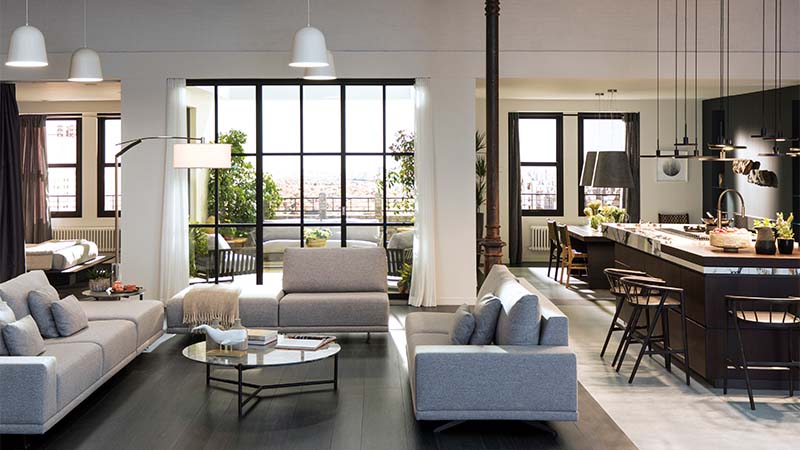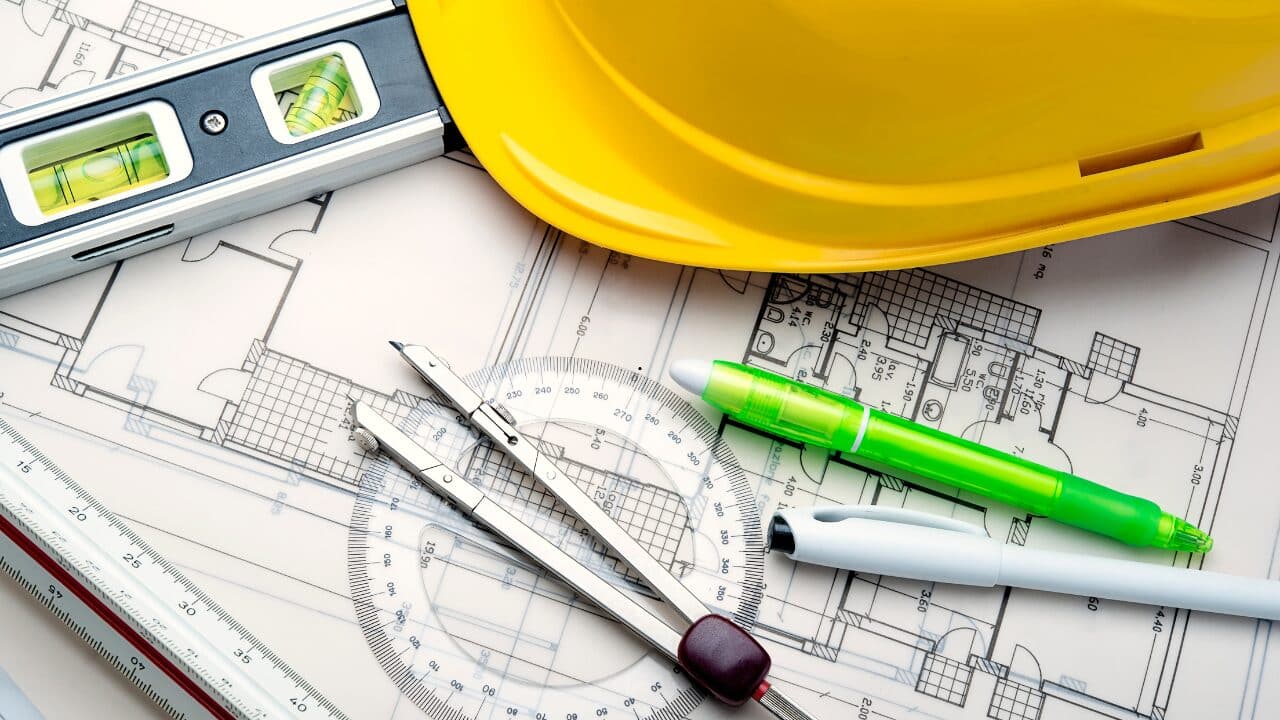Architects spend much time creating new designs for buildings and interior spaces because they understand their creativity helps them stand out. Therefore, protecting these designs is critical in an architect’s business.
Often there are two main ways of protecting designs in the architectural industry is through copyright and industrial design registration. This guide looks into industrial design rights – from what they are, their benefits in architecture, and how to register them.
Table of Contents
What Is Industrial Design?
Industrial design is a field of design focusing on creating functional and aesthetically pleasing products. In the architectural industry, industrial design applies to creating aesthetically appealing building facades, interior design, house fixtures, and furniture.
Industrial designers don’t have to create new products; they only apply aesthetic improvements to existing items.
Industrial Design Protection
As an industrial designer, your ability to create unique designs is your greatest selling point. If you have been in the industry for some time, you are familiar with how time-intensive creating unique designs can be. So the last thing you want is to have other people benefitting from your hard work.
Luckily designs are protectable under intellectual property laws. Design rights cover the non-functional aspects of an item. In architecture, they can be used to cover a building shape, front façade, interior design, decorations, and the designs of the fittings used.
3 Benefits of Protecting Your Industrial Designs
Industrial Designs are your assets and therefore require protection. The most common benefits you will be eligible for are as follows:
Exclusive Rights to Your Designs
Your designs are your selling point, but only if you can keep others from using them to sell their services. By registering your designs, you get exclusive rights to profit from them. Exclusive rights mean only you can replicate the design and retain the legal power to stop others from using them.
You can even go as far as suing others for infringement. It is important to note that industrial design protections do not last indefinitely. Instead, they last for 15 years from the date of application for registration.
Building Business Reputation
While 15 years may seem short, it is sufficient to help you build a reputation around your designs. Your clients will associate you with your unique designs for 15 years. So even when the protection period expires, clients will likely prefer you to other designers that pick up on your designs later.
Also, if you keep up with creating unique designs, you can enjoy protection for other designs, too, meaning you will always have something that sets you apart.
Increased Profits
Securing your rights comes at a cost. But the perks of industrial design protections are worth every penny you spend. Prices are controlled by supply and demand. When the supply is low, the prices skyrocket.
If your designs are truly outstanding, their demand will be high, but you will be the only architect that can meet the supply or a few others you may have licensed to replicate your designs.
This means you get to set the price that gives the best returns without fearing being undercut. Setting your prices allows you to recoup the cost of creating your designs and make higher profits for 15 years without competition.
Where to Register Your Designs
Countries have different approaches to intellectual property rights registration. In Canada, industrial property rights are registered with the Canadian Intellectual Property Office (CIPO). If you are applying for registration in the US, you will do it through the United States Patent and Trademarks Office (USPTO).
A design can only qualify for registration if it is unique, non-functional, and can be used on a specific item. So the first step would be determining if your design qualifies. If it does, you will apply for registration and await a response from the registering agency, which can accept or reject it.
If accepted, you enjoy protections for 15 years from the date of registration, but your protections will be limited to the country of registration. For global protection, consider registering your design with the world intellectual property organization (WIPO).
Final Thoughts
Industrial design adds value to your products which is why it is important to get it registered. being the sole owner of the right to your industrial design is essential in today’s competitive market. It encourages fair and honest competition and gives your product an advantage over competitors.






